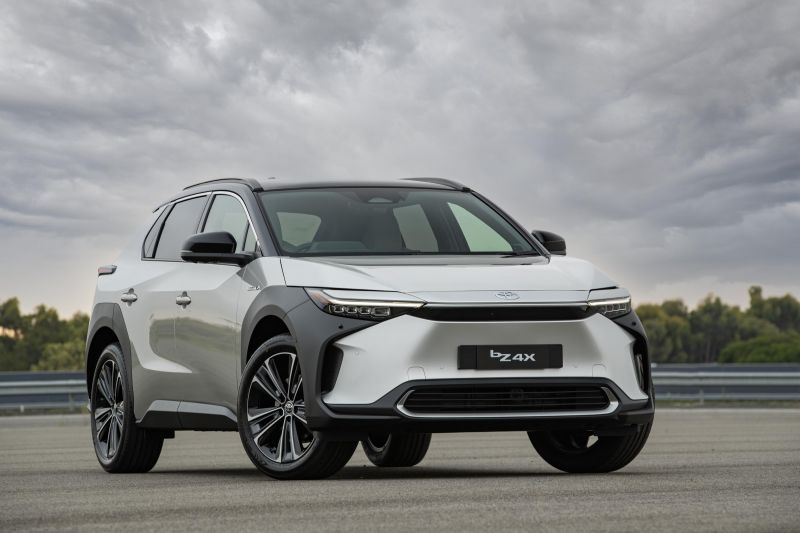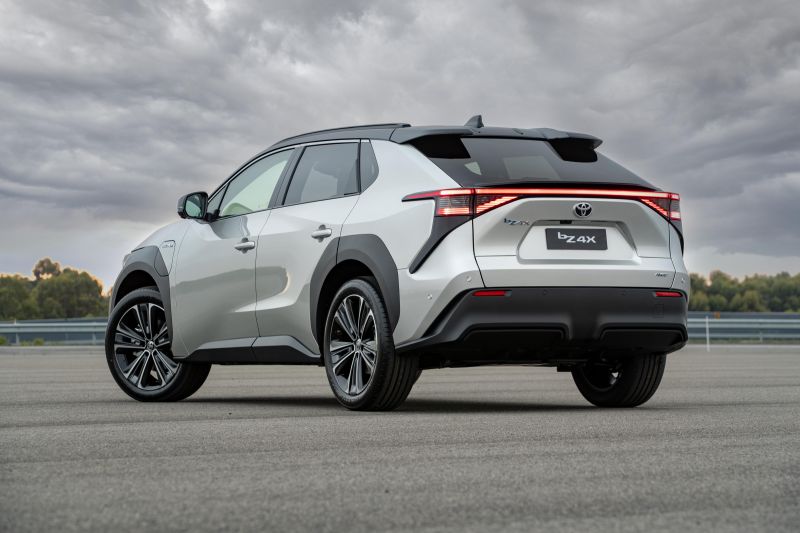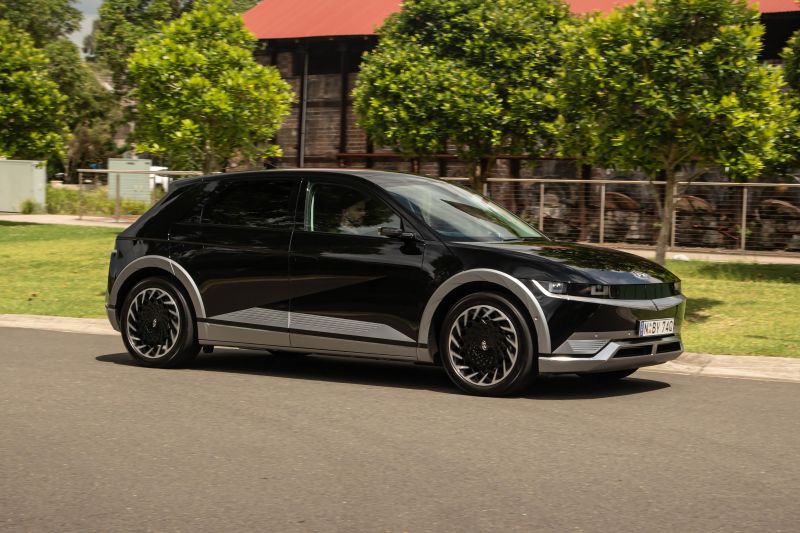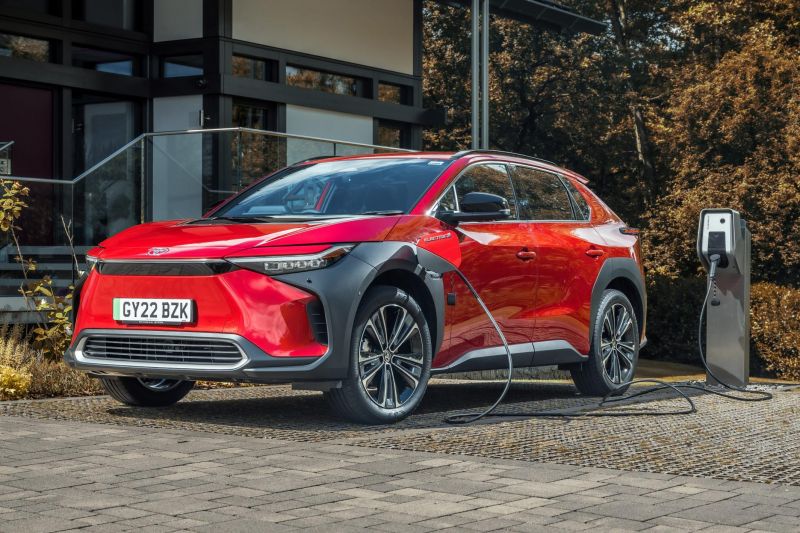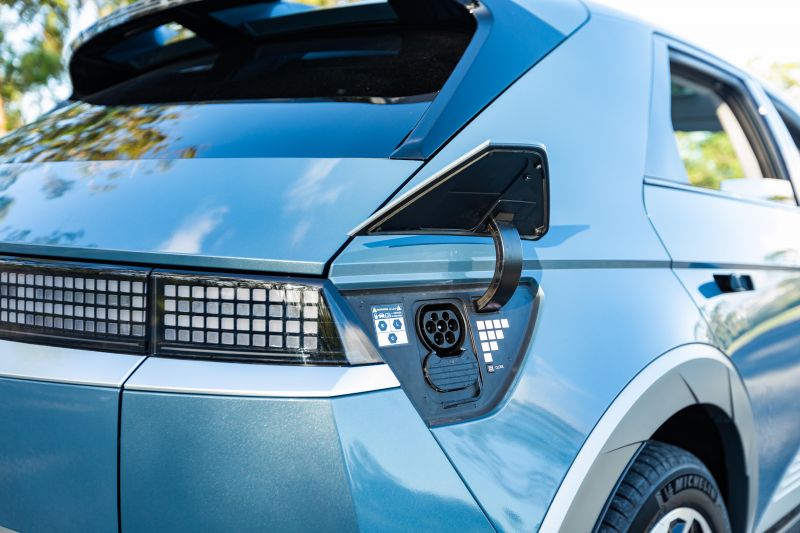Advertising Standards Authority (ASA) in the United Kingdom has ruled both Hyundai and Toyota presented misleading charging times in electric car advertising campaigns.
Both carmakers published ad campaigns during 2022 which, according to ASA, carried false charging claims when compared to real-world circumstances – where battery and ambient temperatures, and a dearth of ultra-rapid DC chargers, create variability in charge times.
Toyota and Hyundai defended the claims saying the ads were designed to develop and promote electric cars in the UK, and were targeted at addressing consumer concerns around charge times.
The ASA said complainants about the ad believed charging an electric car throughout the UK and Northern Ireland could hold significant limitations to achieving the advertised charging rate claim.
Both manufacturers say the ads were designed to inform customers about EVs, and were intended to assist concerns about charge time affecting longer journeys.
Toyota claimed, based on the bZ4x’s maximum charging rate it was able to consistently reach 80 per cent charge in “around 30 minutes” when using a 150kW fast-charging system.
The brand also says it used “conservative” language when stating the charging claim, by using “around 30 minutes” to advertise its charging time.
It also told ASA charge times during particular circumstances might differ from that stated claims on its website.
In January 2022, Hyundai ran a campaign for its Ioniq 5 model on a digital billboard, video, and marketing brochure which stated the electric vehicle was capable of charging from “10 per cent to 80 per cent charge in 18 minutes using [a] 350kW charger”.
It too defended its campaign saying it’s essential manufacturers are able to promote charge times in order for customers to compare a range of EVs.
Hyundai provided the ASA with internal factory testing for the both Ioniq 5 (72.6kWh and 58kWh – the latter is not offered in Australia) battery options.
According to the test results, Hyundai claims the Ioniq 5 was able to achieve a 10 per cent to 80 per cent charge time of 17 minutes and 16 seconds using an 350kW DC charger, at battery temperatures of 22 and 25 degrees.
Hyundai claims the charge time results were accurate and substantiated, however the brand later admitted advertising the claim in a YouTube video showing real-world conditions rather than factory conditions was an “oversight” and removed the video.
The brand accepted there was a large number of variables that could influence charging times for an EV including battery temperature, ambient temperature, and the age and condition of the battery – and admits actual results for individual drivers may therefore vary.
Based on the report from ASA, both Hyundai and Toyota also claimed customers would be aware to achieve the charging claim, they would have to use an ultra-fast charger – which was later found by the ASA to not be true.
Hyundai told the ASA it understands drivers won’t frequently have access to these chargers unless traveling a long distance from home, and admits most customers will opt to charge more slowly at home.
According to the Charge myHyundai website there were 37 ultra-rapid 350kW charging locations in the UK, and six in the Republic of Ireland at the time of the ad.
Toyota claims Zap Map showed 419 charging points at 134 locations in the UK, 30 in Scotland, and nine in Wales able to support a maximum charging rate for its bZ4x at the time of the ad.
The ASA found both brands didn’t provide customers with any contextual information on how they could realistically achieve these charging claims, and ruled the ads were not substantiated and were in fact misleading.
Both manufacturers were ordered to remove the ads and to ensure their future ads did not mislead customers around battery charging times.
MORE: Everything Toyota bZ4X
MORE: Everything Hyundai Ioniq 5















